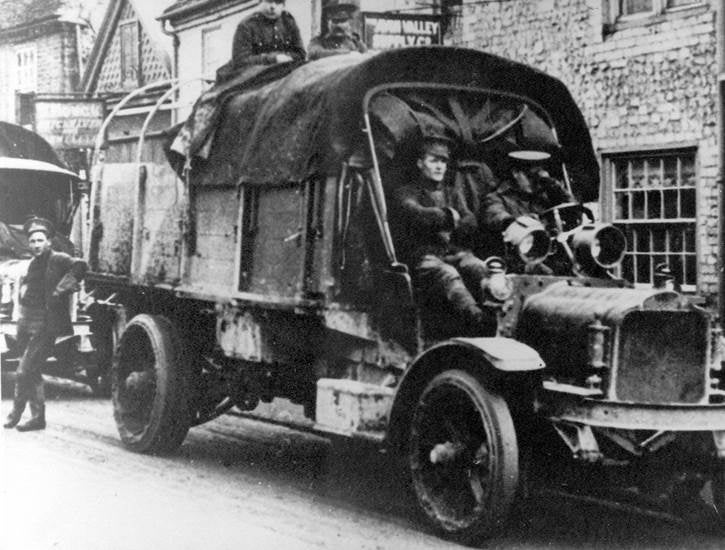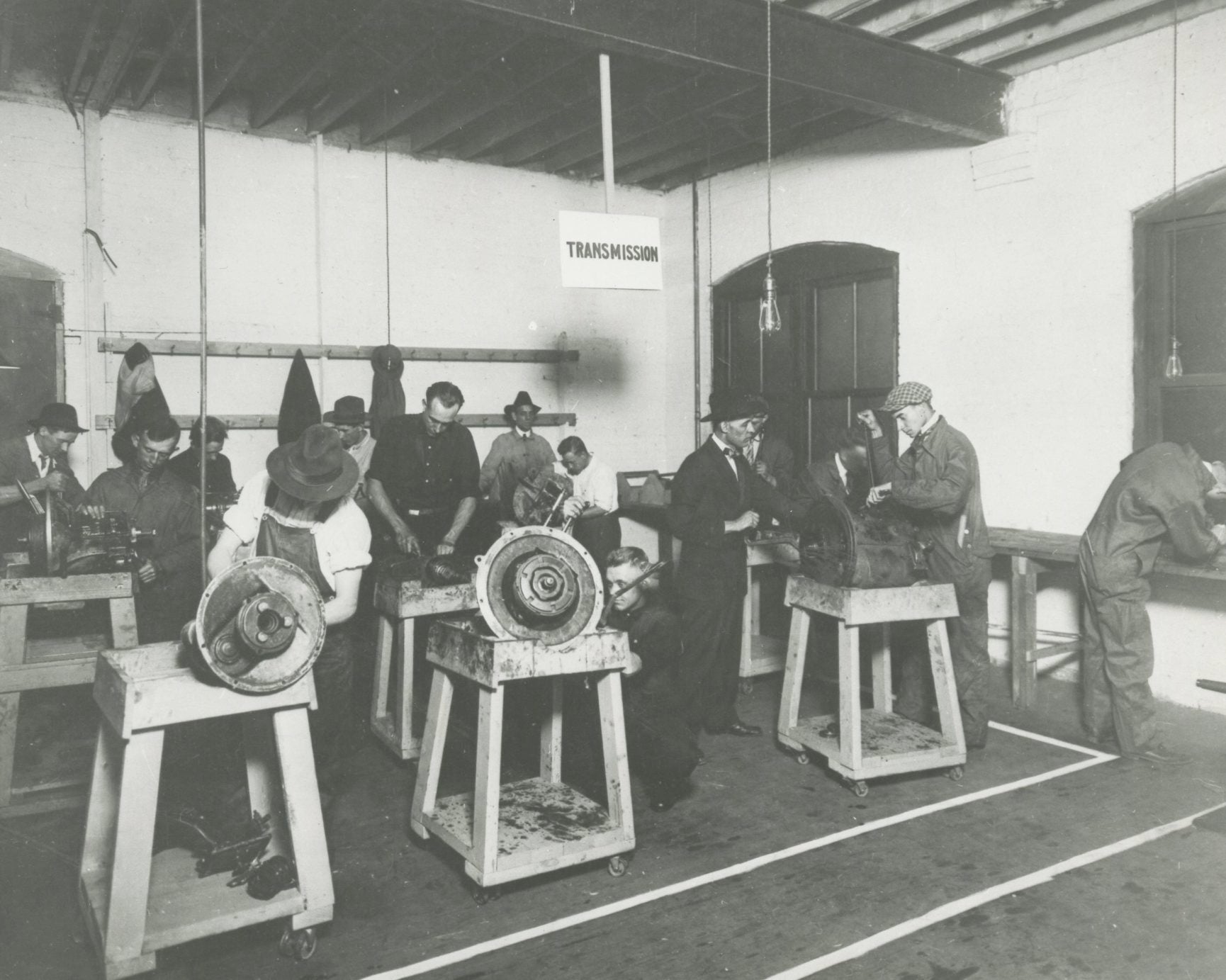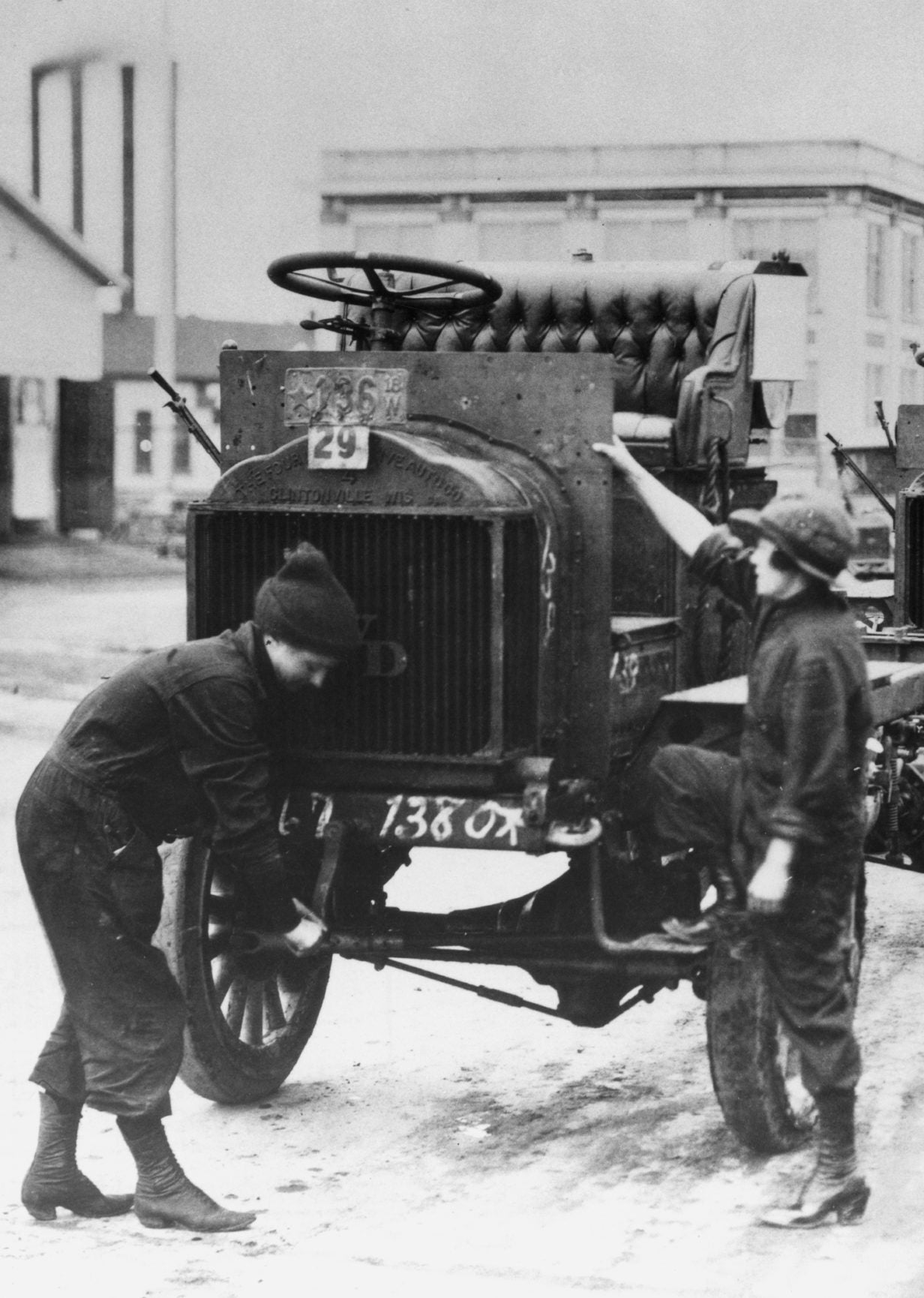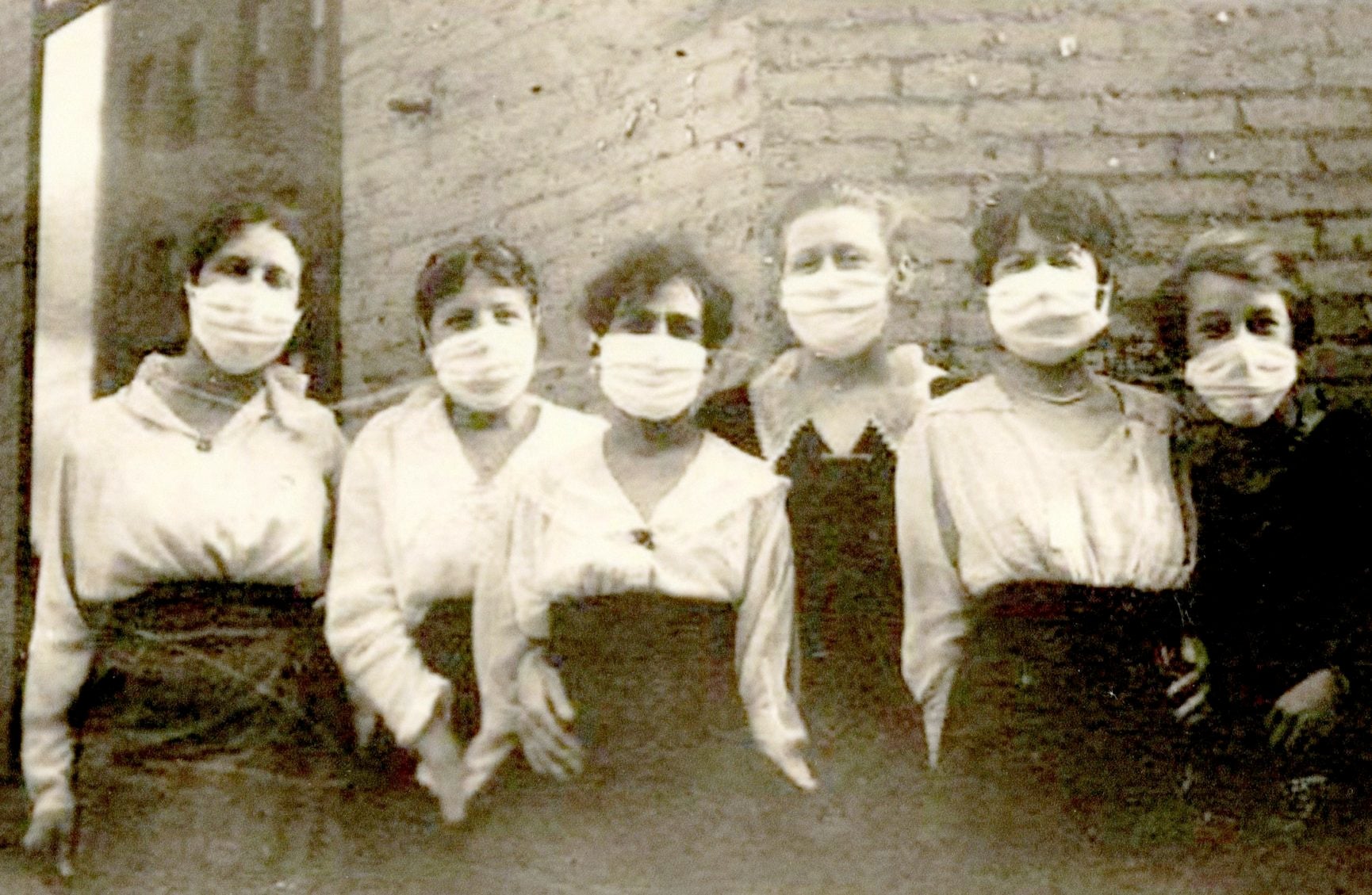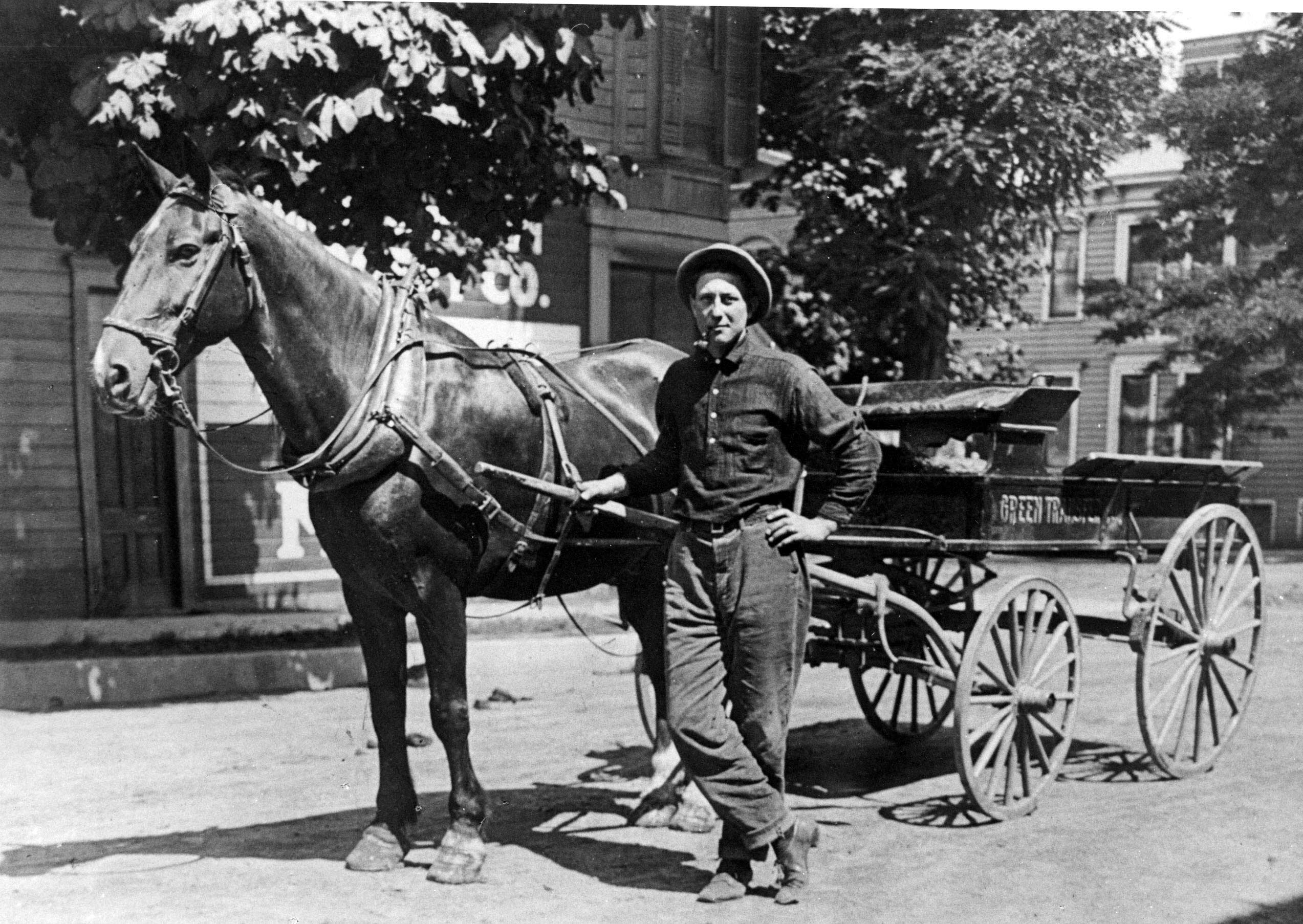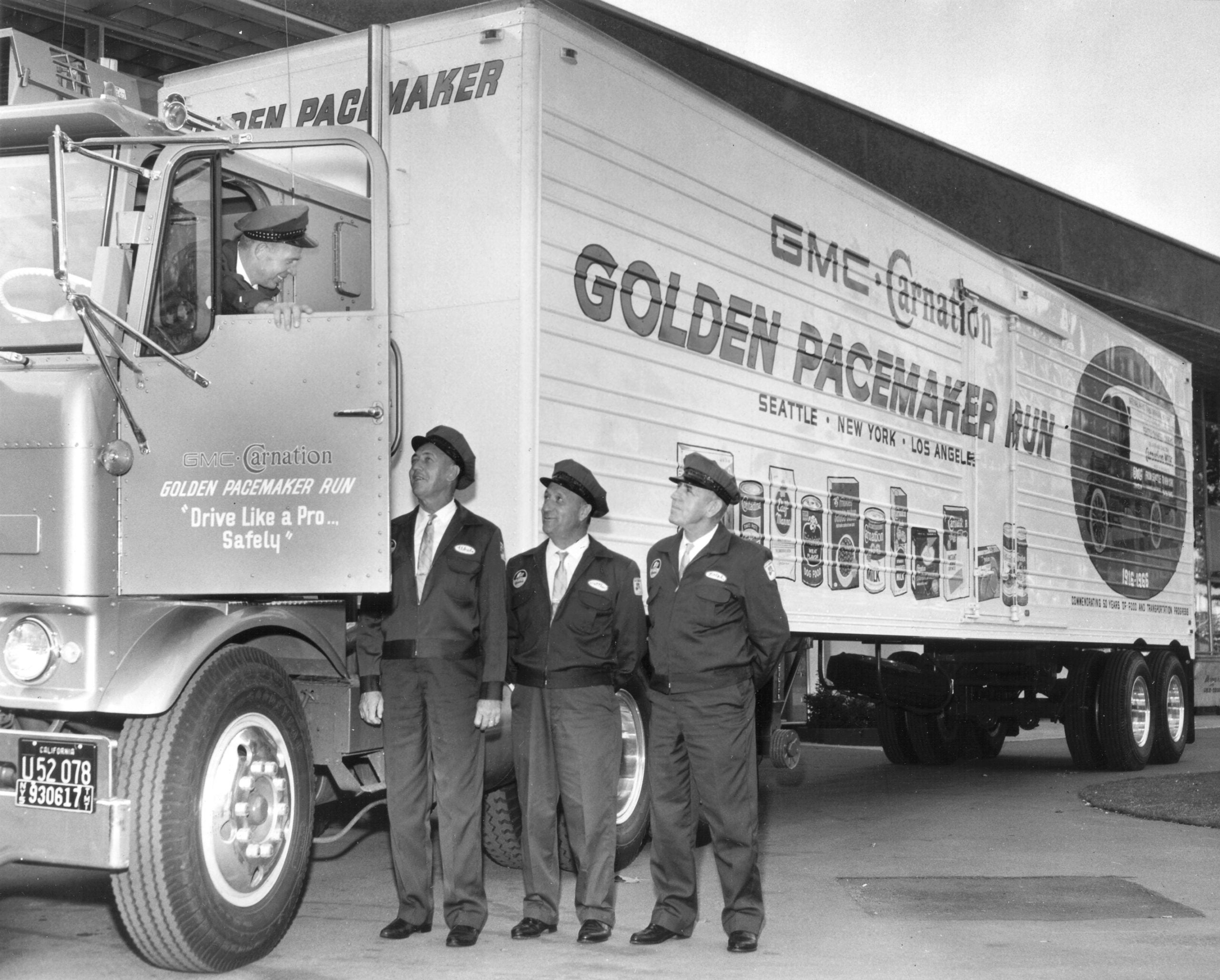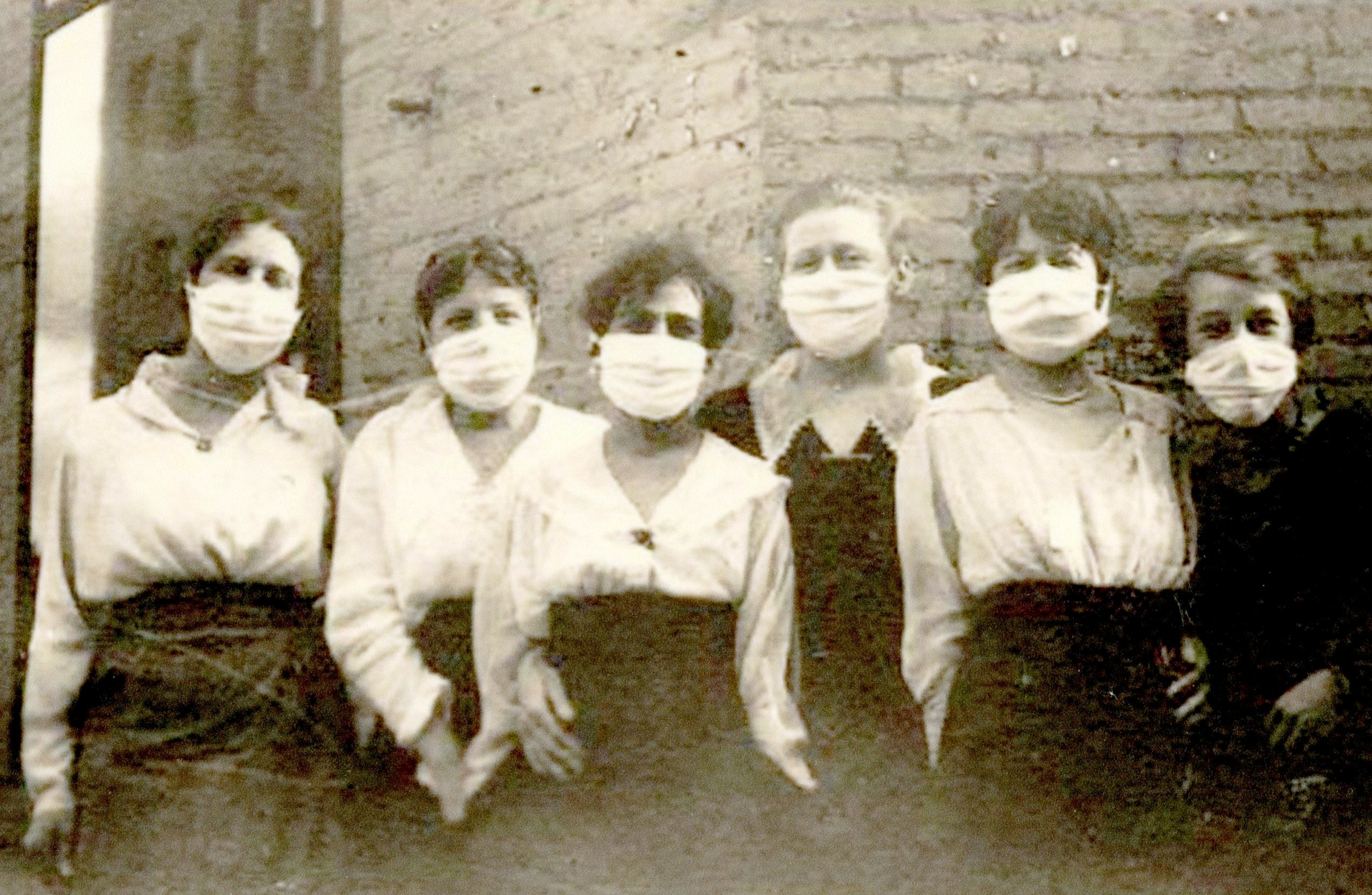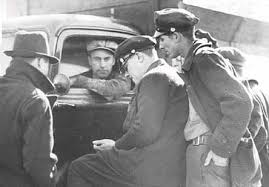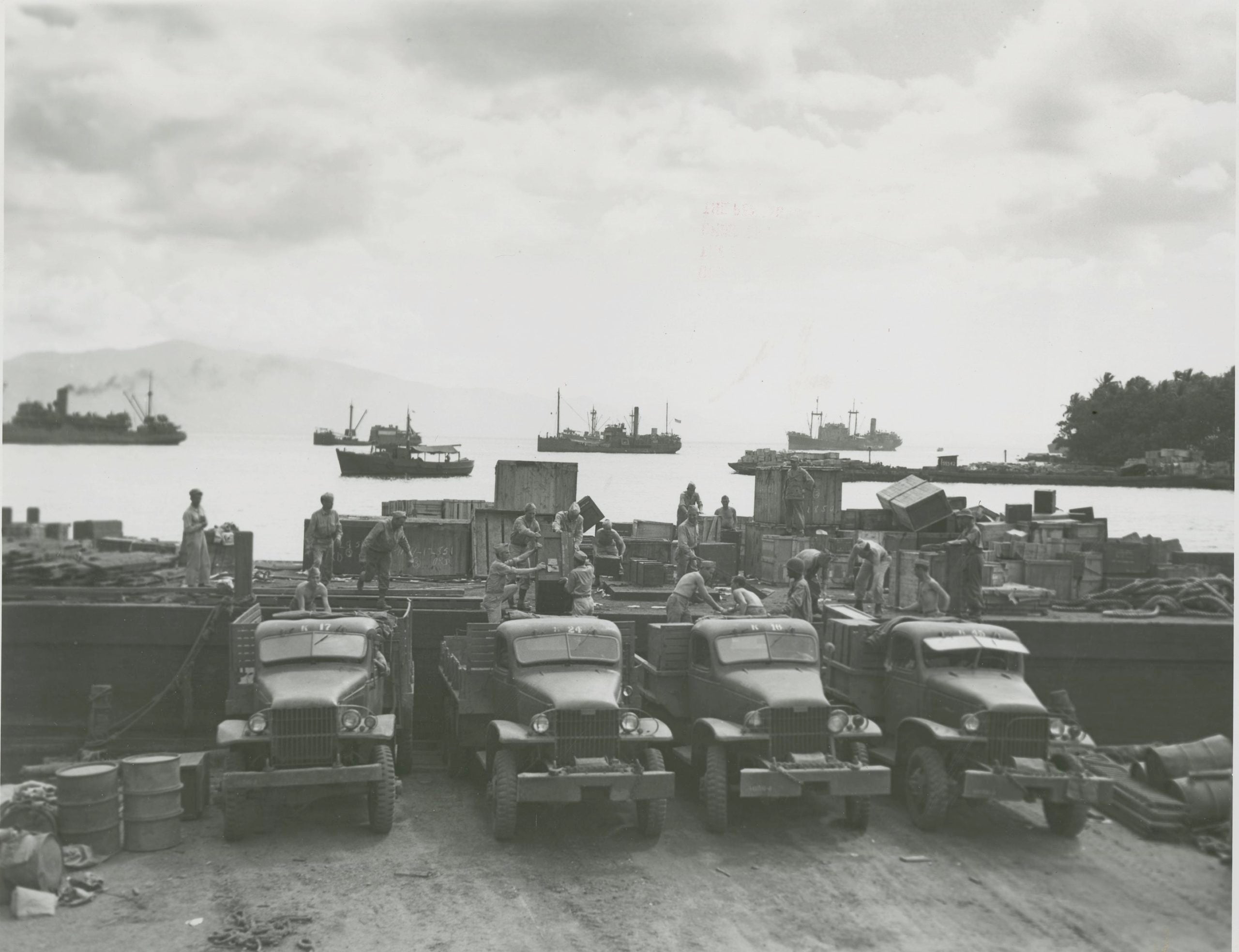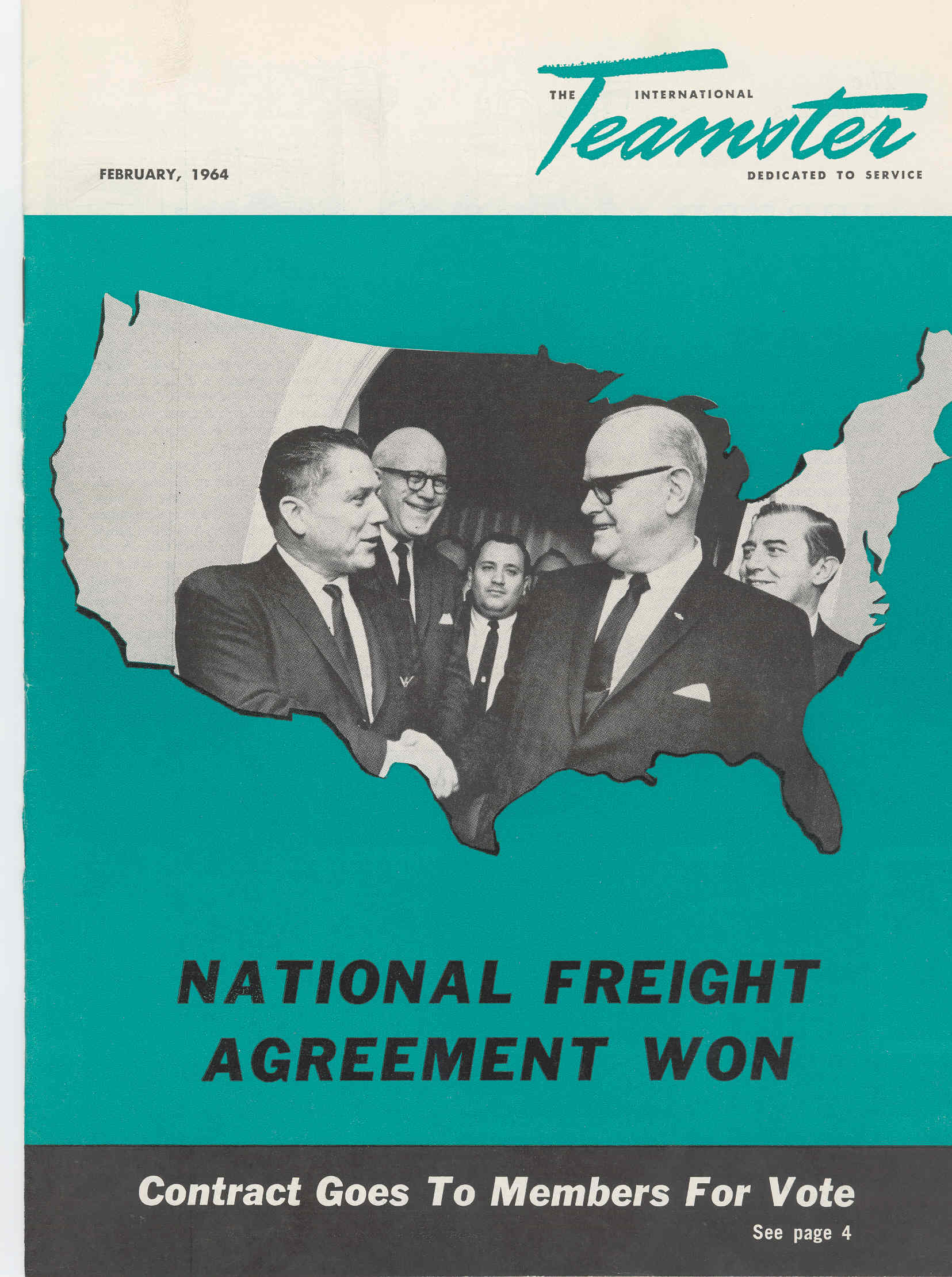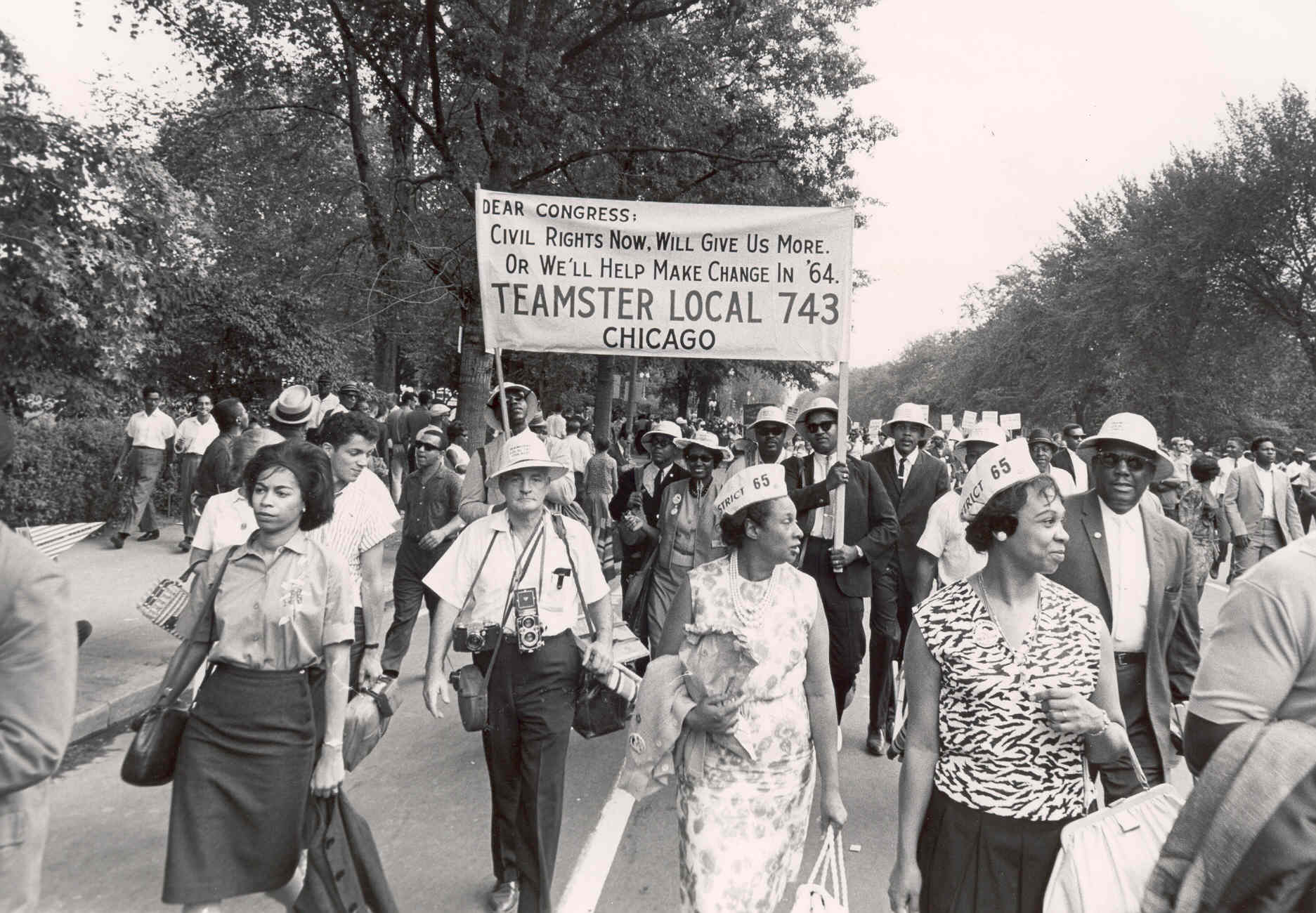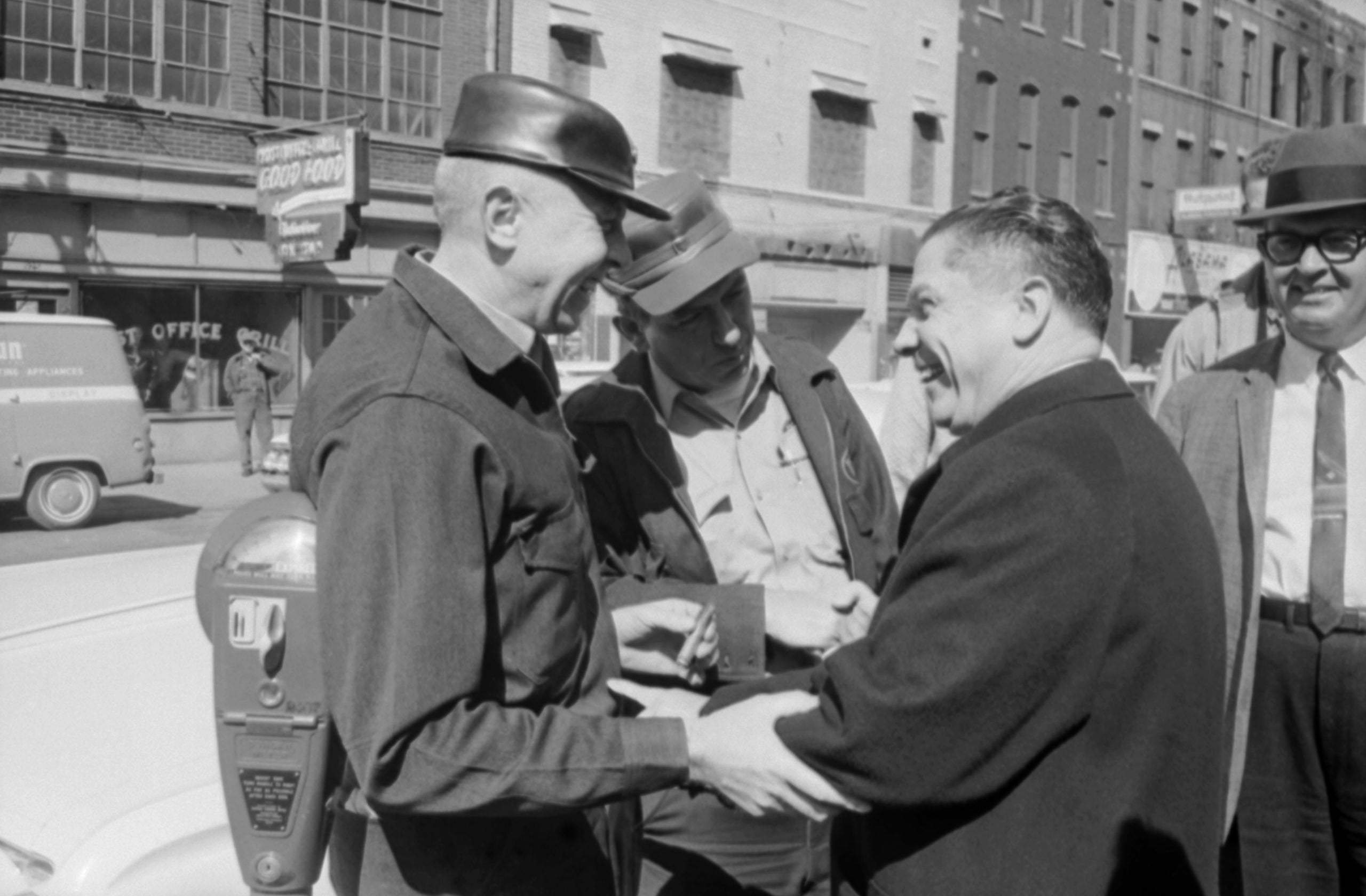The Great War
The start of World War I in 1914 eventually led to an industrial boom in the U.S. that helped to drive the relentless organizing efforts of General President Tobin. Teamsters played a crucial role in the war effort. Union members helped secure military success by swiftly moving troops and supplies from ports to battle lines and providing expert knowledge in the maintenance and repair of vehicles. Black Jack Pershing, Commander in Chief, American Expeditionary Forces, asked the Teamsters to teach soldiers how to drive motor trucks. Speeding through France and Germany, American trucks were critical to the allied effort after the U.S. entered the war in 1917. Women joined the ranks of the “motorized” with increasing numbers and kept trucks and supplies moving smoothly in the U.S. while male counterparts were overseas.
Teamsters also played a crucial role in delivering supplies and medicine during the Great Influenza Epidemic of 1918. Women Teamsters brought doctors and medicine to rural areas and even helped with chores for stricken farm families. They were given commendations for their work by the U.S. government.
Following the war, Tobin emerged as a preeminent U.S. labor leader, and the IBT’s position in the vanguard of the U.S. labor movement was cemented. In 1920, Tobin persuaded the membership to double the per capita assessment charged to all locals, making it possible to raise strike benefits. In addition, the IBT looked across the border and expanded by affiliating with the Canadian Trades and Labour Congress.
By 1925, the union’s treasury had reached $1 million. The IBT was prosperous enough in 1926 to make a donation of $5,000 to striking coal miners. But in October 1929, North America’s course changed.
